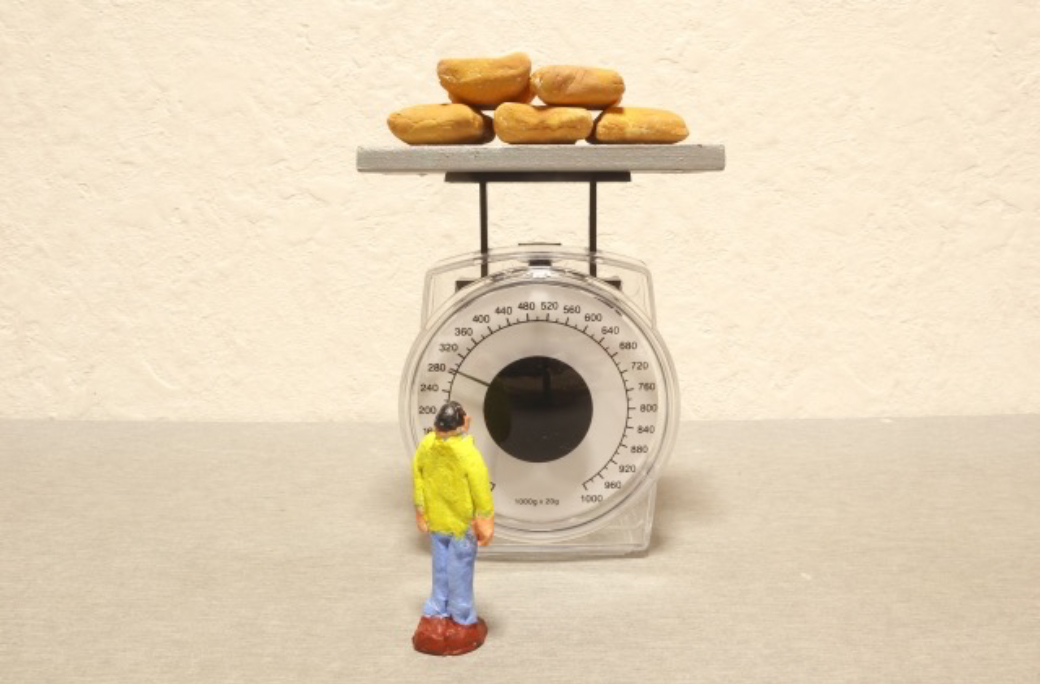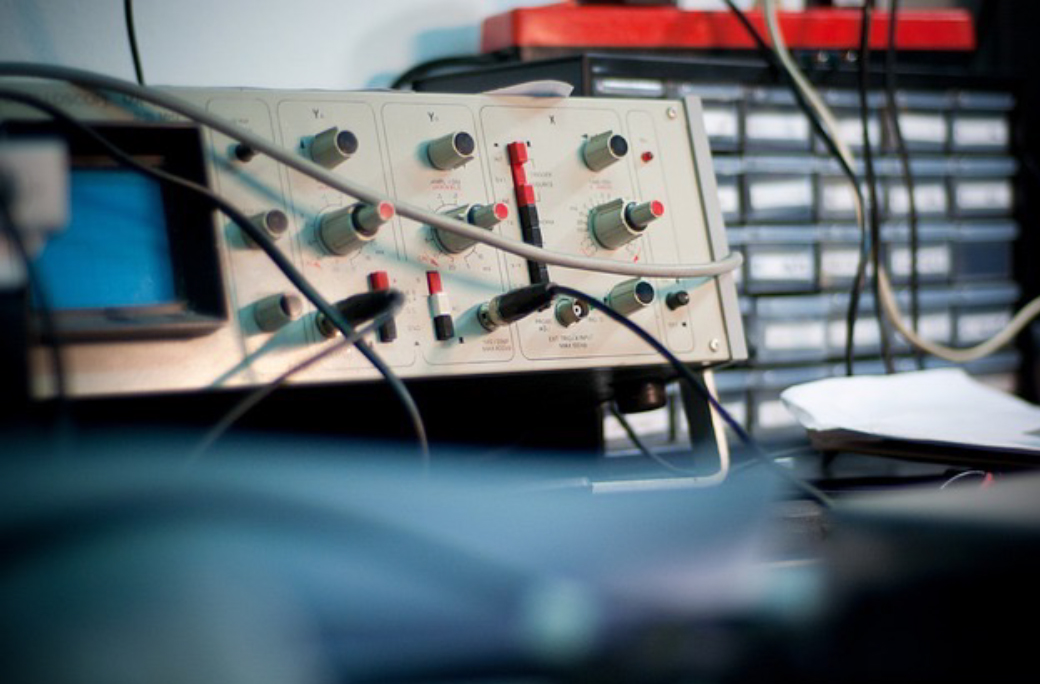with azbil
Trivia
Grams

One rice ball weighs approximately 100 g, one sheet of copy paper weighs approximately 4 g; the unit of weight “gram (g)” is so familiar in our daily lives. Grams are used in all sorts of everyday situations, such as cooking, luggage, and scales.

The word “gram” originally derives from the Greek word “grámma” (small weight). When the metric system was created in France at the end of the 18th century, the gram was also introduced as a basic unit of weight. At that time, 1 gram was considered equal to the mass of 1 cubic centimeter of water at 4 degrees Celsius, and the weight of water was the standard.
In addition, a kilogram (kg) is 1000 times larger than a gram. Did you know that until recently, the kilogram was determined by a single weight?
The weight in question is the International Prototype of the Kilogram, which was created in France in 1889. The weight is a small cylinder made of platinum and iridium, which is approximately 39 mm in diameter and height, and was determined to be the global standard for 1 kg. One of these replicas (No. 6 prototype) can be found in Japan and has been carefully preserved for many years at the National Institute of Advanced Industrial Science and Technology (AIST) in Tsukuba, Ibaraki Prefecture.
However, an object changes little by little over time. Moreover, the influence of air and dirt could cause it to become slightly lighter or heavier.
A growing demand emerged for a universal and unchanging standard rather than one that was dependent on an object, and on May 20, 2019, the definition of the kilogram was revised for the first time in 130 years. The new standard that replaced weights was the “Planck constant,” which is a number determined based on the laws of nature.
Planck constant is used in the very small world of quantum mechanics. Prior to the revision of the definition of a kilogram, researchers around the world redefined it to a more precise number. Using Planck constant has the great advantage of being able to be defined numerically without relying on physical objects. This revision means that with special equipment, the same 1 kg can be reproduced anywhere in the world.

In addition to the kilogram, the ampere (electric current), Kelvin (temperature), and mole (amount of substance) have also been defined in the same way using “numbers determined by the laws of nature.” In this way, all seven SI base units –length, time, mass, electric current, temperature, amount of substance, and luminous intensity– have been reborn as units that could be reproduced without relying on objects.
Of course, in our daily lives, the labels such as “1 kg of rice” or “500 g of meat” remain unchanged. However, in cutting-edge fields like medicine and nanotechnology, even small differences in weight can make a significant difference. In such situations, a more precise definition can be very helpful. The gram is the starting point for accurate measurements and has supported science and technology in the past and will continue to do so in the future.
AIST Science Town: From prototypes to physical constants! First redefinition of the kilogram in 130 years (in Japanese)
National Metrology Institute of Japan, National Institute of Advanced Industrial Science and Technology, SI units in general and detailed definitions, ‟International System of Units (SI)” (in Japanese)
- *This article was translated from the Japanese version of the article published on August 8, 2025.

 Related information
Related information



